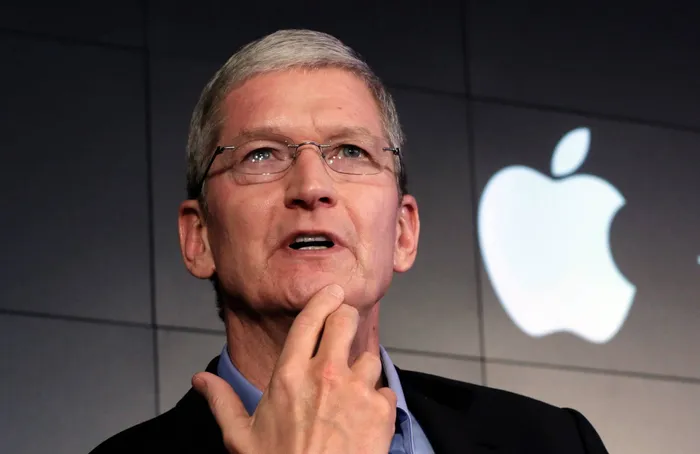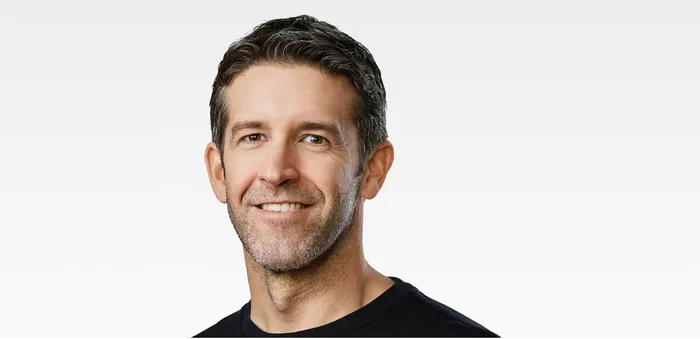
Apple chief executive Tim Cook.
Image: AP Photo/Richard Drew, File
As speculation swirls around Tim Cook’s potential departure from Apple, attention has turned to hardware engineering chief John Ternus as a possible successor.
But for Apple watchers, the real question isn’t who will lead, it’s how that leadership change might reshape Apple’s innovation trajectory.

John Ternus, Senior Vice President, Hardware Engineering at Apple.
Image: Apple
Apple insiders and media reports, including Bloomberg, suggest the company is quietly preparing for Cook’s exit.
Ternus, who has been with Apple since 2001 and currently oversees all hardware engineering (iPhone, Mac, iPad product lines), is a frontrunner.
Other names in the mix include Johny Srouji (in charge of chip development) and John Giannandrea (AI & machine learning), but internal shifts and departures, such as Jeff Williams leaving, have thinned the field, according to the Hindustan Times
Ternus offers advantages: deep institutional memory, product design credibility, and a strong alignment with Apple’s emphasis on seamless hardware integration.
Leadership changes at tech giants always invite speculation, but at Apple, where product continuity and ecosystem consistency are paramount, the stakes feel especially high.
Here’s what to watch:
Ternus’s background suggests Apple will double down on what it does best: designing tightly coupled hardware and software. Under him, we might see:
More boldness in industrial design or novel form factors
Closer alignment between internal engineering silos (e.g. combining sensor, display, and power system teams)
A push toward differentiating hardware in areas where software is increasingly commoditised
But there’s also a risk: if Apple overweights hardware, it could be slippery ground in a world shifting toward AI and services.
Cook’s era emphasised diversifying beyond device sales into services, such as the development of the App Store, iCloud, and Apple Music.
The challenge for Apple’s next leader will be orchestrating hardware, software, and services so they feed off each other.
A CEO with hardware chops must also be fluent in software ecosystems and subscription businesses; otherwise, new products run the risk of being “islands,” not “platforms.”
One pivotal area will be how Apple accelerates in AI/Machine Learning (ML).
Unlike many rivals, Apple has historically taken a private, controlled approach to AI, focusing on edge processing, user privacy, and device-level intelligence rather than “cloud-first” models.
Under Ternus, hardware-level optimisation for AI, for example, on-device models in Retina displays, sensors, or AR systems could get renewed emphasis.
Apple’s path forward may also lie in hybrid models: pushing more intelligent capabilities to the device, while reserving the cloud for heavy lifting
If Ternus becomes CEO, Apple may lean further into hardware-driven innovation, with tighter integration across devices, sensors, and compute, but his success will depend heavily on bridging that with a strong services and AI posture.
In essence, Apple’s next era will be defined not by which CEO succeeds Cook, but by how that CEO evolves Apple’s foundational strategy: balancing hardware boldness with software intelligence, services scale, and emergent technologies like AI and AR.
